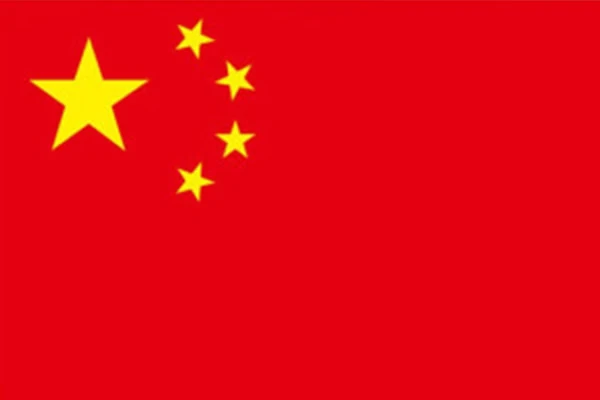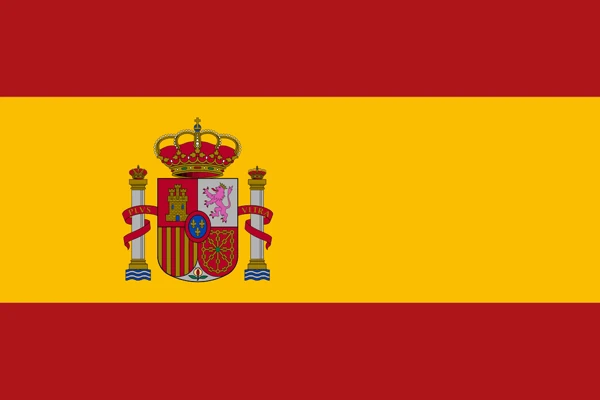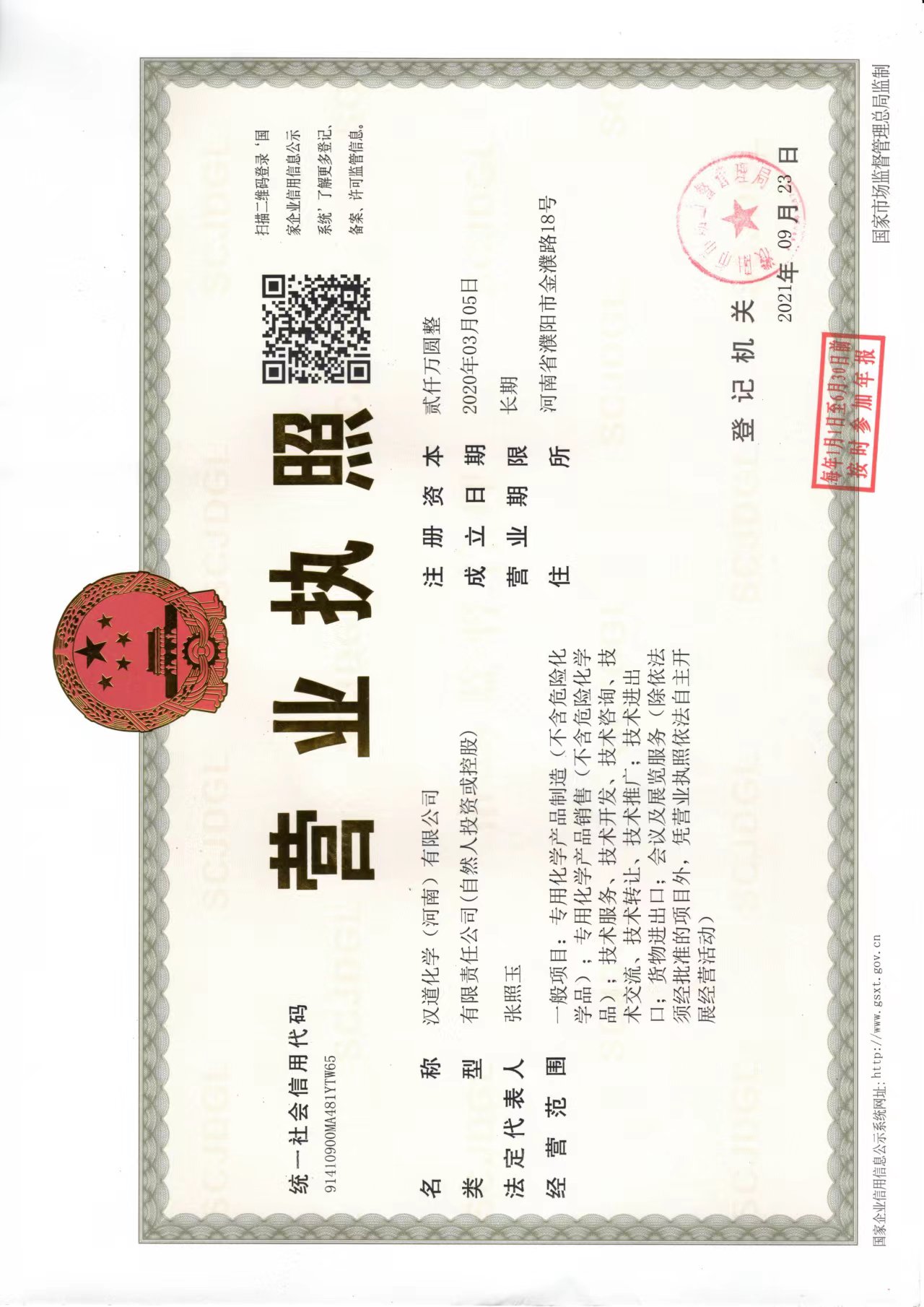Product Details
1. Definition of Eco-friendly Polymer Emulsion
There are four main implementation methods for producing polymer emulsions: bulk polymerization, solution polymerization, suspension polymerization, and emulsion polymerization. Bulk polymerization refers to the polymerization process of monomers themselves or monomers with small amounts of initiators (or catalysts). Solution polymerization occurs in a solution composed of monomers and initiators dissolved in a solvent. Suspension polymerization takes place in monomer droplets suspended in water, with the system mainly composed of four basic components: monomer, water, initiator soluble in monomer, and dispersing medium.
Emulsion polymerization is a polymerization process carried out in an emulsion prepared from monomers and water under the action of emulsifiers. The system mainly consists of four basic components: monomer, water, emulsifier, and initiator soluble in water. Using water or other liquids as the medium, this method generates isolated latex particles through micelle mechanisms or oligomer mechanisms, where radical addition polymerization or ion addition polymerization occurs to produce polymers.
Currently, many researchers are engaged in emulsion polymerization studies, with numerous related papers emerging annually. Although its theory remains immature and many issues are still debated, both theoretical and practical advancements continue. Establishing correct mechanisms, developing reliable math models that withstand practical testing, optimizing industrial reactor design and scale-up, and creating more high-quality polymer emulsions and emulsion polymer products remain critical challenges for professionals in this field.
2. Characteristics of Emulsion Polymerization
Among the four implementation methods of radical polymerization, emulsion polymerization has valuable and unique advantages compared to bulk polymerization, solution polymerization, and suspension polymerization.
Vinyl monomer polymerization reactions release significant heat, making heat dissipation a critical issue. This affects operational stability, safe production, and product quality. Viscosity dramatically increases in later reaction stages, making heat dissipation difficult. Poor heat transfer causes localized overheating, widens molecular weight distribution, induces branching/cross-linking, and may lead to explosive polymerization (product failure or accidents).
However, in emulsion polymerization, reactions occur in latex particles dispersed in the aqueous phase. While latex particle viscosity is high, the continuous aqueous phase maintains low overall system viscosity with minimal changes during reaction. Heat transfer is efficient (no localized overheating/explosive polymerization), low-viscosity systems enable easy stirring/pipeline transport, and continuous operation becomes feasible.
Additionally, most emulsion polymerization processes use water as the medium, avoiding expensive solvents and recovery processes while reducing fire hazards and environmental pollution risks.
3. Principles of Emulsion Polymerization
I. Initiator addition generates free radicals that diffuse into monomer droplets, initiating polymerization and forming polymer chains. Emulsifier micelles transform into polymer emulsion colloidal particles (latex particles) swollen with monomers. As reactions proceed, dynamic equilibrium forms between latex particles, aqueous phase, and monomer droplets, with equilibrium shifting toward monomer droplets → aqueous phase → latex particles as monomers deplete.
II. As latex particles grow larger, their surface area increases, requiring more emulsifier molecules from the aqueous phase to cover new surfaces. Continuous monomer consumption shifts equilibrium toward monomer droplets → aqueous phase → latex particles until monomers are exhausted.
III. In Stage III, micelles and monomers gradually deplete, causing reaction rates to decrease until polymer emulsion formation completes.






